LBH-589(Panobinostat)
LBH-589; LBH589; NVP-LBH589
¥719
5mg
起订
¥1552
50mg
起订
上海 更新日期:2023-10-16
产品详情:
- 中文名称:
- LBH-589(Panobinostat)
- 英文名称:
- LBH-589; LBH589; NVP-LBH589
- 纯度规格:
- >98%
- 产品类别:
- 激动剂抑制剂
公司简介
爱必信(上海)生物科技有限公司成立于2010年,位于上海市申江科创园。是一家自主研发和生产生物试剂的公司。
Absin?是爱必信(上海)生物科技有限公司的试剂品牌,目前已近60万种生化试剂,10万种抗体,其基础生化试剂在基础科学领域得到广泛应用的同时,特色产品线常规生化试剂,血清,小分子激动剂及抑制剂在业界也备受好评。
Absin秉承踏实,务实,求精和不断创新的精神为中国科学家提供最好的产品,努力打造属于中国自己的生物试剂品牌,为广大科学家提供更全面更丰富更优质的产品。
爱科研,必信它(Absin)!Absin努力成为你身边的科研百宝箱!
| 成立日期 | (15年) |
| 注册资本 | 2500万 |
| 员工人数 | 100-500人 |
| 年营业额 | ¥ 1000万-5000万 |
| 经营模式 | 工厂 |
| 主营行业 | 生化试剂,抗体,分子生物学,生物活性小分子 |
LBH-589(Panobinostat)相关厂家报价 更多
-
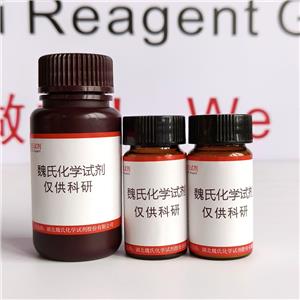
- 魏氏试剂 帕比司他——404950-80-7
- 湖北魏氏化学试剂股份有限公司 VIP
- 2025-01-04
- 询价
-
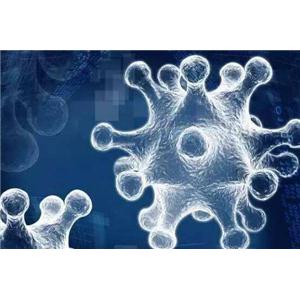
- 组蛋白去乙酰化酶抑制剂(HDAC抑制剂)
- 上海泽叶生物科技有限公司 VIP
- 2025-01-03
- 询价
-
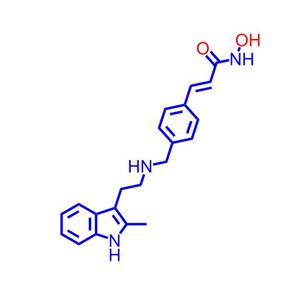
- 帕比司他404950-80-7
- 河南威梯希化工科技有限公司 VIP
- 2025-01-03
- 询价
-
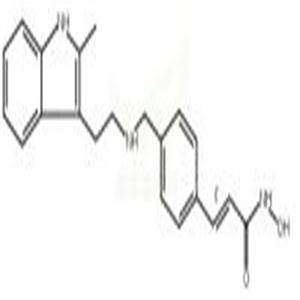
- 帕比司他
- 成都彼样生物科技有限公司 VIP
- 2024-12-31
- 询价
-
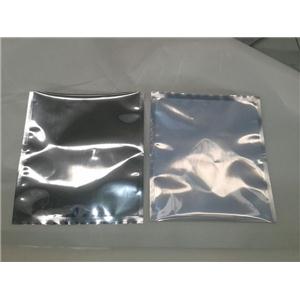
- 帕比司他
- 济宁心和化工有限公司 VIP
- 2024-12-31
- 询价
-
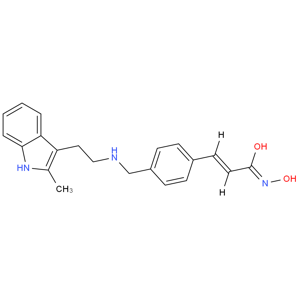
- 帕比司他
- 绵阳万迪诺医药科技有限公司 VIP
- 2024-12-30
- ¥3000
-

- 帕比司他|T2383
- 上海陶术生物科技有限公司 VIP
- 2024-12-02
- ¥153
-
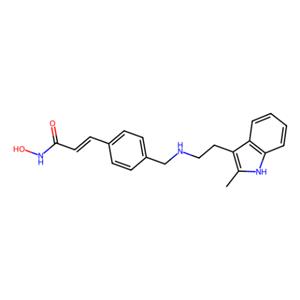
- aladdin 阿拉丁 P407912 帕比司他 404950-80-7 10mM in DMSO
- 上海阿拉丁生化科技股份有限公司 VIP
- 2024-11-29
- ¥408.90
-
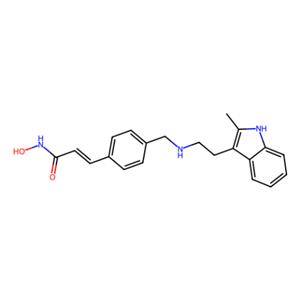
- aladdin 阿拉丁 P125167 帕比司他 404950-80-7 ≥98%
- 上海阿拉丁生化科技股份有限公司 VIP
- 2024-10-31
- ¥139.90
-

- LBH589 (Panobinostat)
- 南京百鑫德诺生物科技有限公司
- 2024-09-26
- 询价


